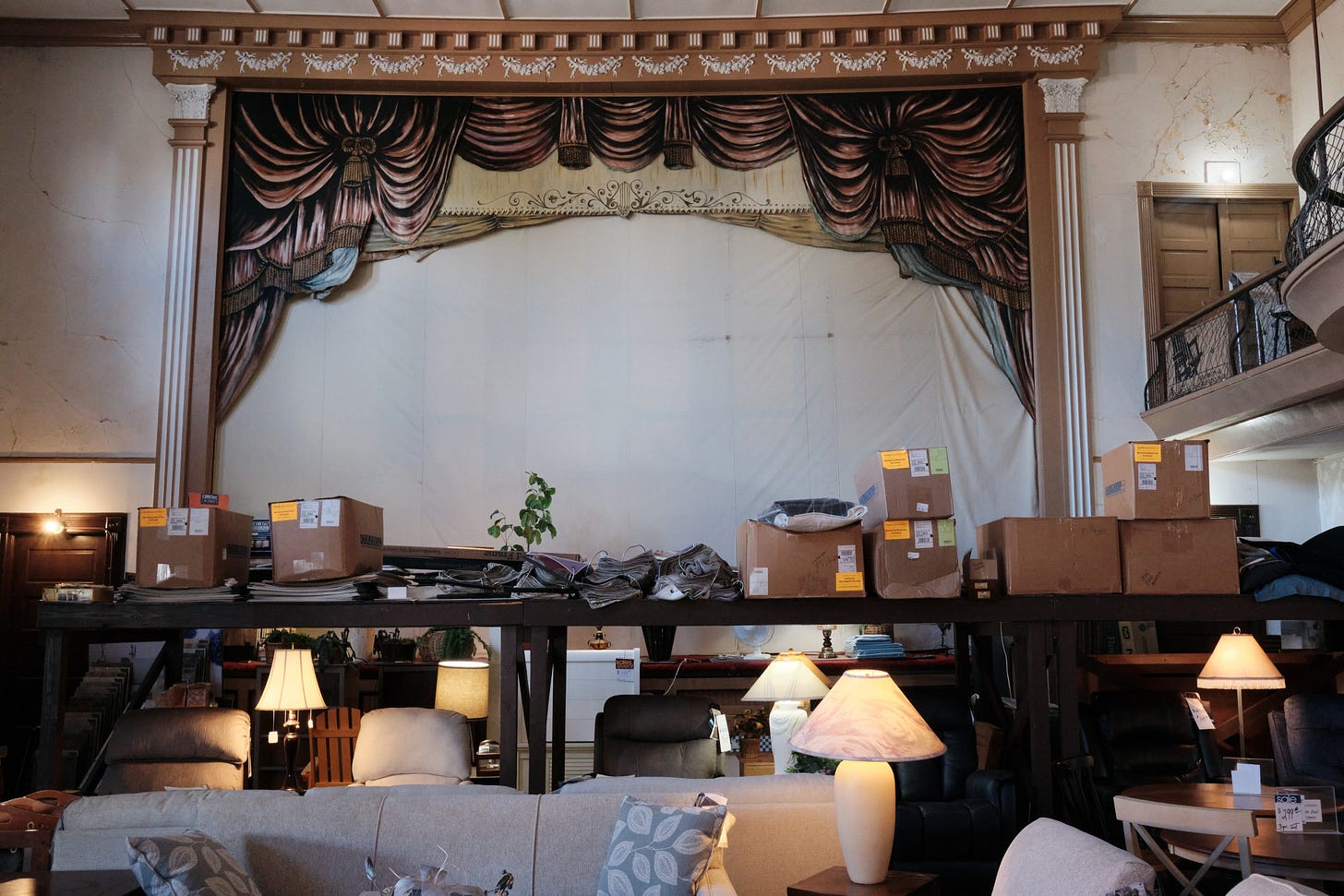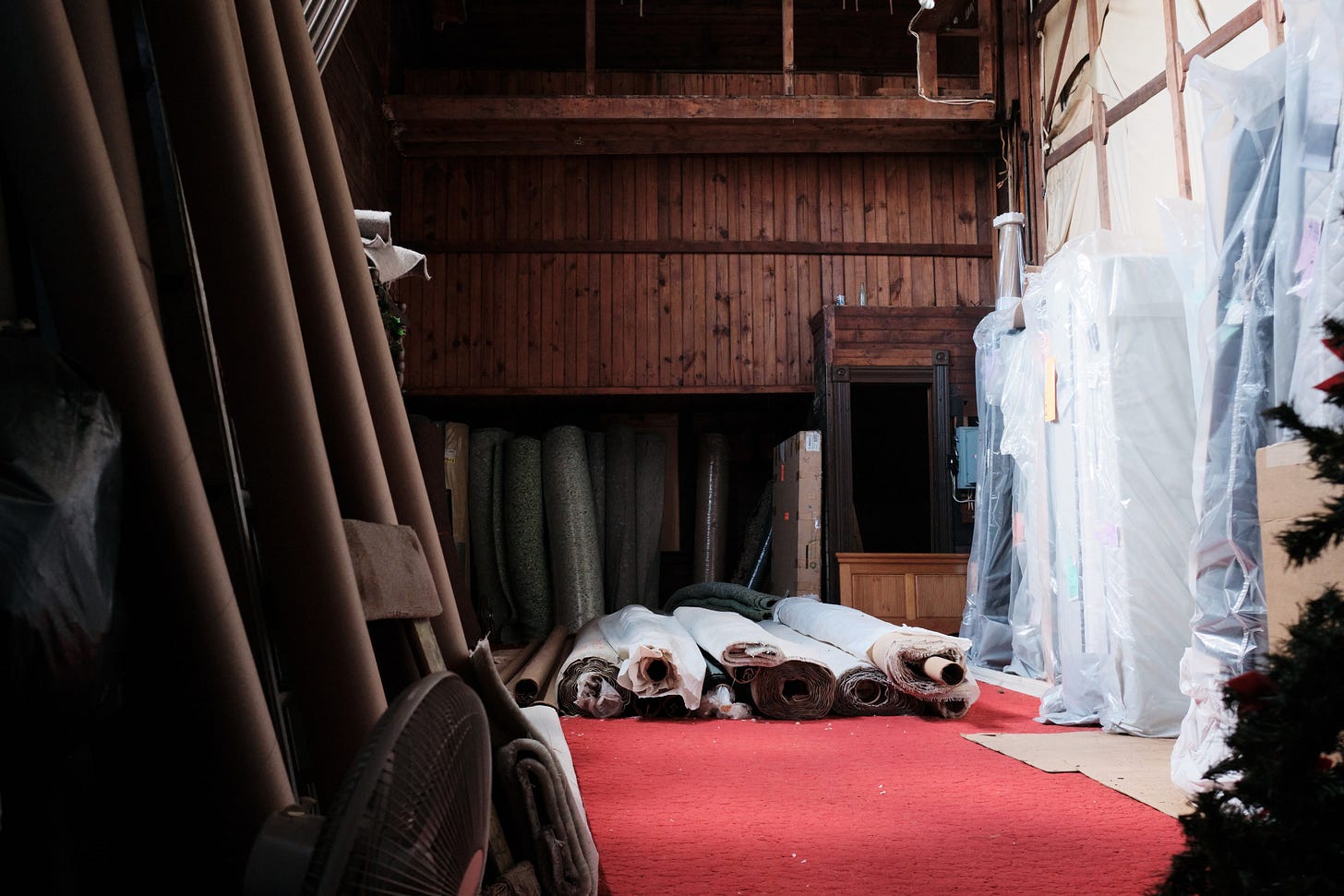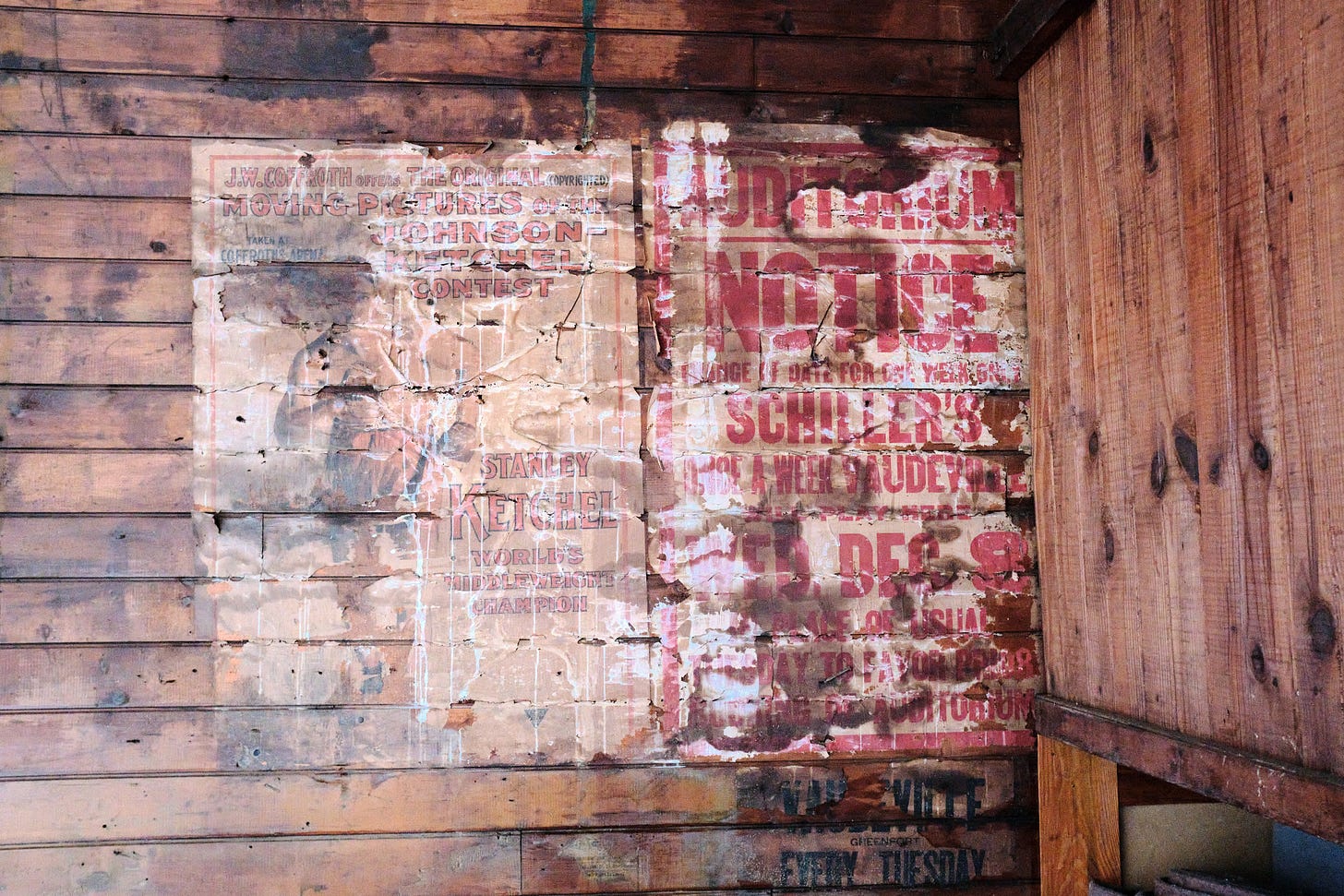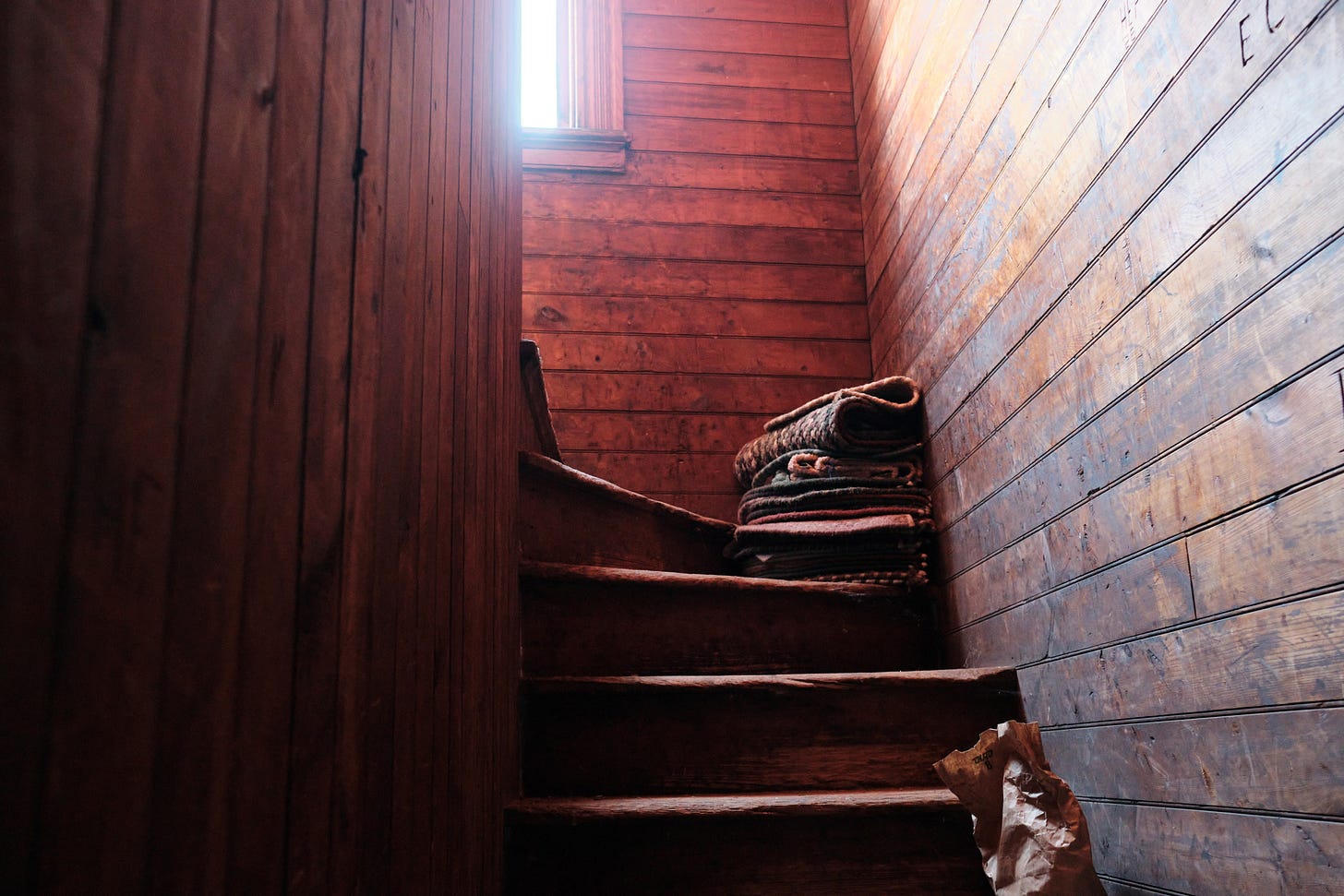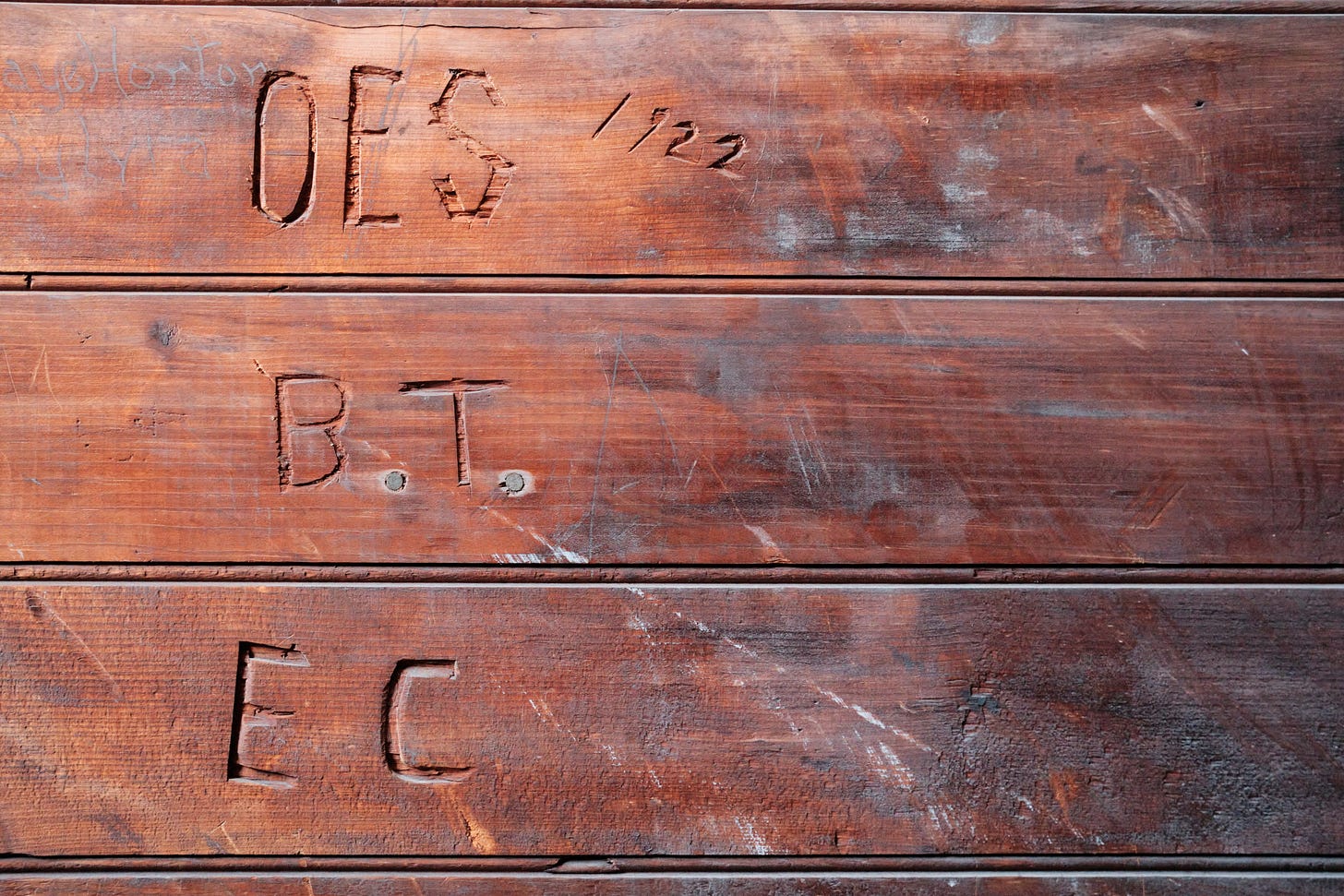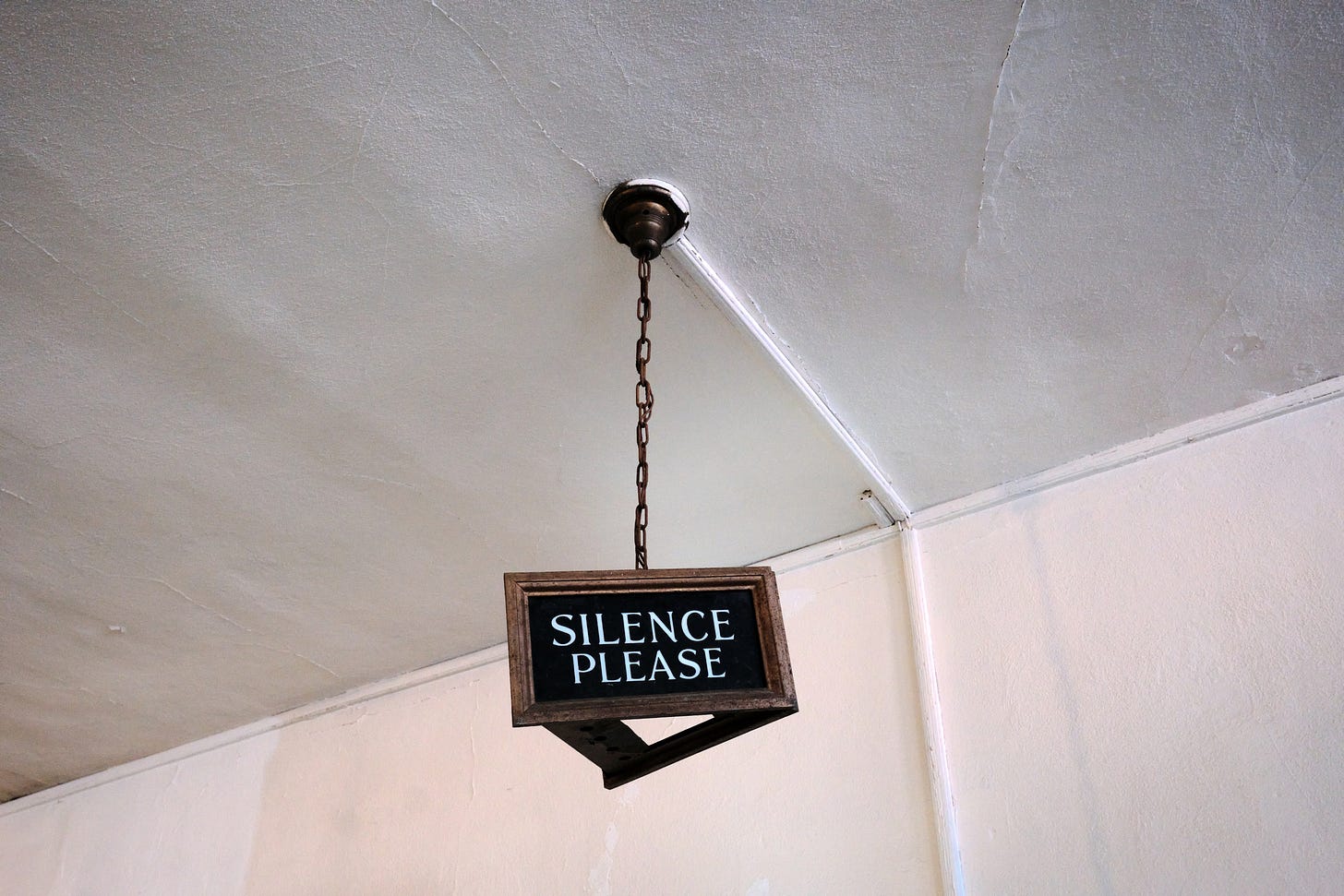Holding Space:The Greenport Auditorium
First, do no harm.
Andy Aurichio is likely owed a tremendous debt of gratitude from his community. From behind his desk at the Goldin Furniture Company, surrounded by carpet samples and furniture catalogs, Aurichio has kept a treasure alive. This modest shop lives inside a former painted lady of a theater: the Greenport Auditorium.




From “Preservation Long Island”:
Greenport’s remarkably intact 1894 Queen Anne-style auditorium retains the unique ambiance of America’s turn-of-the-century theaters. Constructed by local builder Charles Henry Corwin (1855–1937), the Greenport Auditorium was conceived and funded by Miss Sarah Jackson Adams (1846–1937), a community leader and active Presbyterian Church member who advocated for women’s suffrage. As the village center for arts and cultural entertainment, the auditorium accommodated up to 700 guests for popular dramas, vaudeville, musicals, and bands.
This corner property features elements of Victorian design including a shingled exterior, a prominent tower with garland ornamentation, dentilation, and an open porch with round top arches containing decorative spindles, classic columns, and decorative faux arches.
The structure’s historic and architectural integrity is exceptional. Original theater elements include a curved balcony with original metal grillwork, round ceiling lights, and limelights (19th-century foot-lights). Several rows of original seating are stored in the historic dressing rooms below the stage.1
Opened at the dawn of the 20th century, the theater has spent more time as a furniture shop than it ever did as a theater. It was closed in 1938 and sold to Oscar Goldin in 1940 for his furniture shop. Aurichio’s father bought that business in the mid-1960s
To set foot on the balcony, is to step back in time. You can practically hear the music, smell the thick cigar smoke.
Vaudeville:
The Greenport Auditorium’s artistic heyday roughly mirrors the arc of Vaudeville in America. This entertainment became popular in the late 1890’s and largely went out of favor at the end of the 1930s with factors ranging from the Great Depression, to the popularity of radio and then World War II. At its peak, Vaudeville shows employed thousands across America and filled many houses like the Greenport Auditorium. Acts would include music, magic, comedy, juggling and more.
This scene from “For Me and My Gal” (MGM, 1942) is a true story about a couple of Vaudeville performers before World War I. Check out that painted curtain!
(This film stars Judy Garland and was the motion picture debut for Gene Kelly)2
Backstage, behind the carpet remnants and mattress backstock, you can see the catwalks and rudimentary light grids. One can just imagine showgirls standing off stage, waiting for the dog act to finish.
Original wheatpaste Vaudeville posters are still on the walls at the back of the stage behind the plywood curtains.
The stairs to the upper catwalks.
Several performer’s initials can be found carved into the walls backstage.
In this boom-bust-boom cycle town, speculators and investors have all circled around, multiple times. Each declares how terrible/sad/unimaginable it is that the building sits in this condition or is unused, at least to its potential. Then they wander off.
Aurichio may not have had the funds or ability to undertake the herculean effort it would take to restore this building, to bring it into code sufficient to hold the arts once more. (It’s not honestly so clear that such an undertaking wouldn’t be a decades-long series of public meetings) Most importantly- Andrew Aurichio has also not sold it off for parts and he defends it with enthusiasm and love. And the quiet resignation
The “Silence Please” light, hanging above the La-Z-Boy displays and end tables, may as well be speaking to those tire kickers and modern-day robber barons.
For more on Vaudeville:
https://preservationlongisland.org/greenport-auditorium-village-of-greenport/
https://en.wikipedia.org/wiki/For_Me_and_My_Gal_(film)






